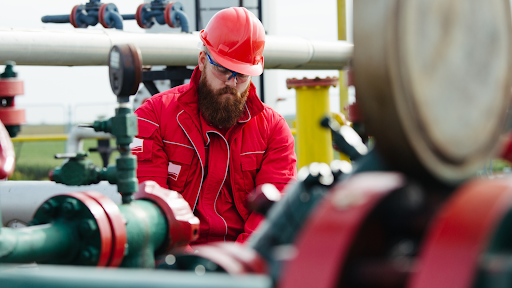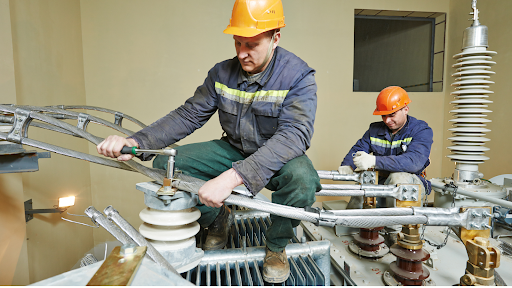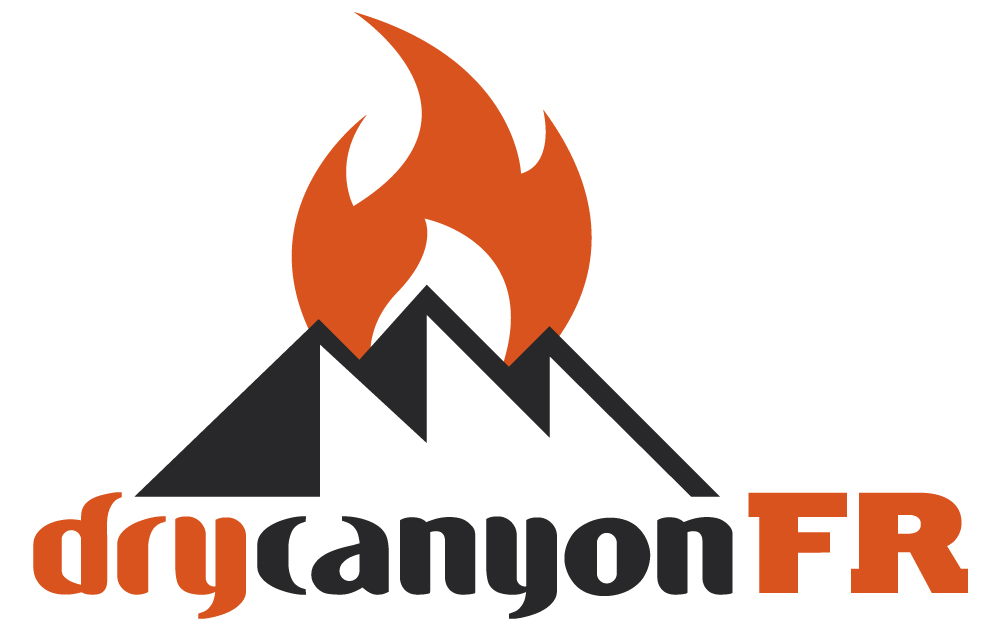Posted by The Green House on Aug 10th 2023
Fire-Resistant Clothing Standards | Dry Canyon Safety
NFPA 2112: Standards for Fire-Resistant Clothing and Its Differences from NFPA 70E
Fire accidents and hazardous electrical events pose significant risks to individuals in various industries. To mitigate these dangers, the National Fire Protection Association (NFPA) has established several standards for flame-resistant clothing. We aim to explain the NFPA 2112 standard for flame-resistant clothing, explore the level of protection it offers, and highlight the differences between NFPA 2112 and NFPA 70E.

NFPA 2112: Flame-Resistant Clothing Standard: NFPA 2112 is a standard developed by the NFPA to establish requirements for the design, construction, evaluation, and certification of fire-resistant garments. It specifically targets industries where flash fire hazards exist, such as oil and gas, petrochemical, and utility sectors. The standard focuses on protecting workers from potential burn injuries caused by short-duration thermal exposures resulting from flash fires.
Level of Protection Provided: Fire-resistant clothing that meets the NFPA 2112 standard offers a high level of protection against flash fire hazards. The garments must pass rigorous testing to demonstrate their ability to self-extinguish and minimize the extent of body burn injury. NFPA 2112-compliant clothing provides a critical layer of defense by resisting ignition, reducing heat transfer, and preventing the spread of flames, thus significantly enhancing the wearer's chances of survival and minimizing injury severity.
Differences between NFPA 2112 and NFPA 70E: While both standards are crucial for workplace safety, NFPA 2112 and NFPA 70E address different types of hazards and protective measures

NFPA 2112:
NFPA 2112 specifically targets fire-resistant clothing requirements for flash fire hazards. It focuses on industries where workers are at risk of exposure to short-duration thermal events. The standard ensures that garments provide effective protection against flash fire incidents, reducing the potential for burn injuries. NFPA 2112 flame resistant clothing is particularly crucial in industries such as
1. Oil and Gas:
Workers in the oil and gas industry, including those involved in drilling, extraction, refining, and transportation of petroleum products, often encounter flash fire hazards.
2. Petrochemical:
The petrochemical industry involves handling and processing flammable substances and chemicals, which increases the risk of flash fire events.
3. Utilities
Electric and gas utilities, including power generation plants and distribution facilities, have potential flash fire hazards due to the presence of flammable gases and electrical equipment. NFPA 2112-compliant clothing is essential for workers in these industries to protect them from thermal exposures during flash fire incidents.
4. Chemical Manufacturing
The chemical manufacturing industry deals with various hazardous substances, including flammable and combustible materials. Workers involved in handling and processing these chemicals face the risk of flash fires.
5. Industrial Manufacturing
Certain sectors of industrial manufacturing, such as those involving flammable materials, may require NFPA 2112-compliant clothing to protect workers from flash fire hazards. Examples include sectors like automotive manufacturing, aerospace, and electronics manufacturing.

NFPA 70E:
NFPA 70E is a broader standard that addresses electrical safety requirements in the workplace. It aims to protect workers from electrical hazards, including arc flash events. NFPA 70E establishes guidelines for assessing electrical risks, implementing safety practices, and determining the appropriate personal protective equipment (PPE) for electrical workers. While it encompasses fire-resistant clothing, its primary focus is electrical safety.
It emphasizes the concept of the "Arc Flash PPE Category," which correlates with the incident energy exposure levels workers may face during electrical arc flash events.
NFPA 70E Establishes Four Arc Flash PPE Categories:
Category 1 (Arc Rating ≥ 4 cal/cm²):
This category corresponds to low-risk situations where the estimated incident energy is relatively low. It requires the use of flame-resistant (FR) clothing, including long-sleeve shirts and pants, as well as protective equipment such as safety glasses and hearing protection.
Category 2 (Arc Rating ≥ 8 cal/cm²):
Category 2 applies to moderate-risk scenarios with a higher level of incident energy exposure. It mandates FR clothing with greater protection, including long-sleeve shirts, pants, coveralls, and additional PPE such as face shields, arc-rated hoods, and voltage-rated gloves.
Category 3 (Arc Rating ≥ 25 cal/cm²):
Category 3 is for high-risk situations where the potential incident energy exposure is significant. It requires more extensive FR clothing, including arc-rated jackets, coveralls, and pants. Additionally, PPE like arc-rated face shields, hoods, and gloves are necessary to provide comprehensive protection.
Category 4 (Arc Rating ≥ 40 cal/cm²):
Category 4 represents the highest-risk scenarios, typically associated with high-voltage systems or specific tasks with extreme energy levels. It demands the most robust FR clothing, including arc-rated jackets, coveralls, and pants, along with extensive PPE such as arc-rated face shields, hoods, gloves, and even full flash suits.
NFPA 70E-Compliant Clothing
On the other hand, NFPA 70E-compliant clothing is essential for industries like:
-
Electrical Utilities:
Workers in electrical utilities, including linemen, electricians, and substation personnel, are exposed to high-voltage electrical systems and face the risk of arc flash incidents.
1. Manufacturing and Industrial Facilities:
Industries such as manufacturing, construction, and maintenance often involve electrical equipment and systems. Workers in these industries, including electricians, technicians, and maintenance personnel, are at risk of arc flash incidents.
2. Oil and Gas
The oil and gas industry involves complex electrical systems and equipment. Workers involved in exploration, drilling, refining, and maintenance tasks face electrical hazards and potential arc flash incidents.
3. Chemical Plants and Refineries
Chemical plants and refineries often have extensive electrical infrastructure and equipment. Workers engaged in operations, maintenance, and electrical work in these facilities face arc flash hazards.
4. Construction and Contracting
Construction sites, including commercial and residential projects, have electrical systems and installations. Electricians and workers involved in electrical installations and maintenance activities are at risk of arc flash incidents.
Here at Dry Canyon Safety, with our "in the field" experience as Journeyman Linemen, we understand the significance of providing top-of-the-line products that adhere to industry standards. Our clothing offerings are NFPA 2112 and NFPA 70E compliant, meeting the requirements for both fire-resistant clothing and electrical safety.
Conclusion
In conclusion, adhering to the NFPA 2112 and NFPA 70E standards for fire-resistant clothing and electrical safety, respectively, is crucial in industries where workers face potential flash fire and electrical hazards. By providing comprehensive protection, these standards help minimize the risk of burn injuries and ensure the safety of workers in hazardous environments.
At Dry Canyon Safety, we understand the importance of high-quality, compliant protective clothing. Our products meet the stringent requirements of NFPA 2112 and NFPA 70E, providing the necessary protection for workers in industries such as oil and gas, petrochemical, utilities, chemical manufacturing, and more.
To ensure the safety of your workforce, we encourage you to explore our range of NFPA 2112 and NFPA 70E compliant products. Visit our website or contact us today to learn more about our top-of-the-line fire-resistant clothing and electrical safety solutions. Together, we can create a safer work environment and prioritize the well-being of your employees.

